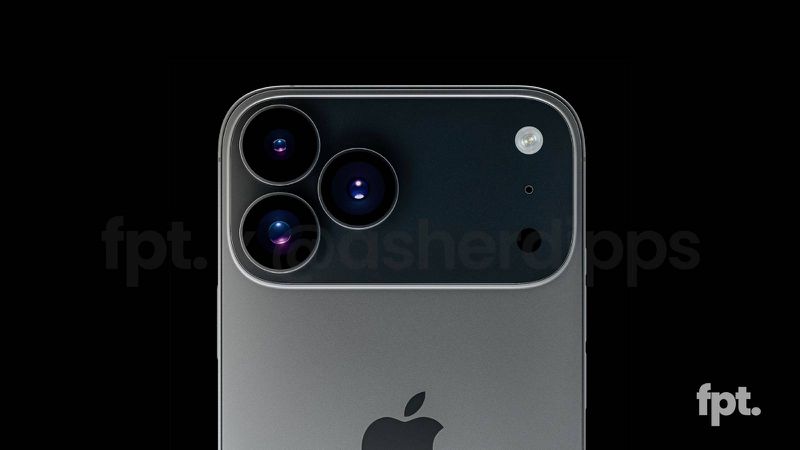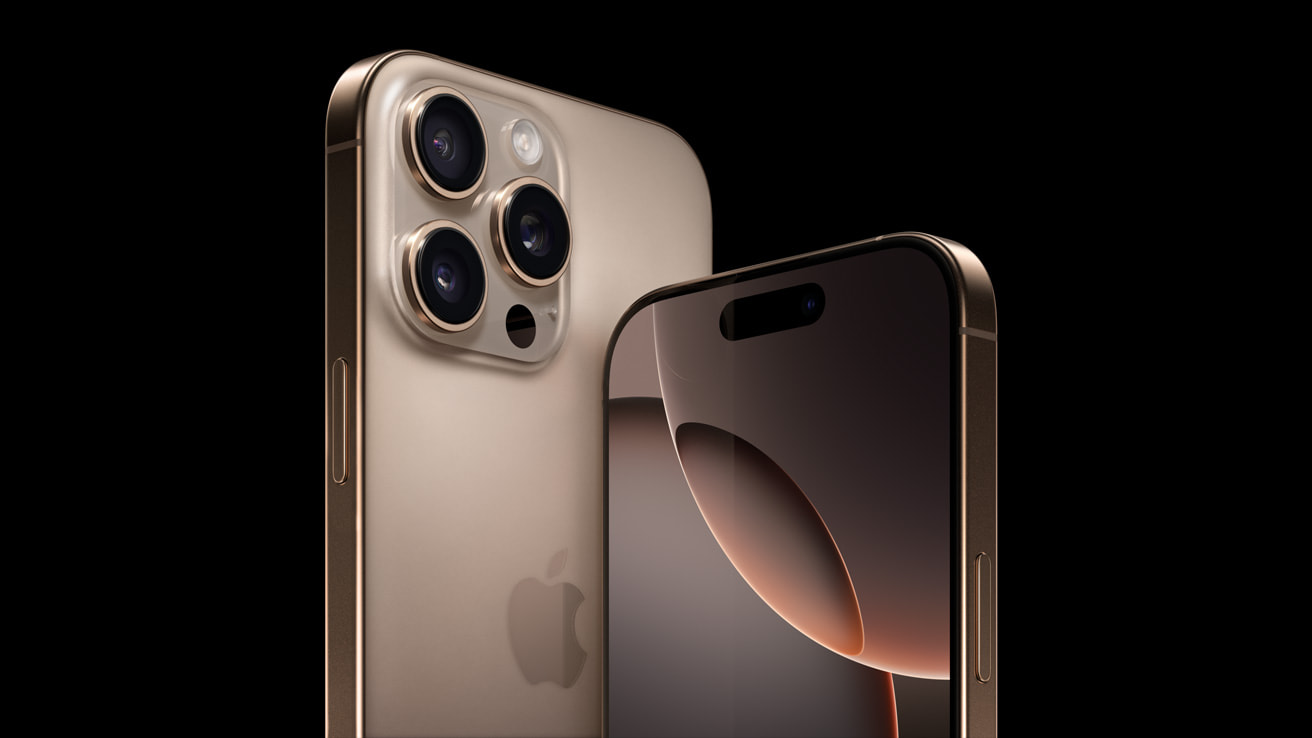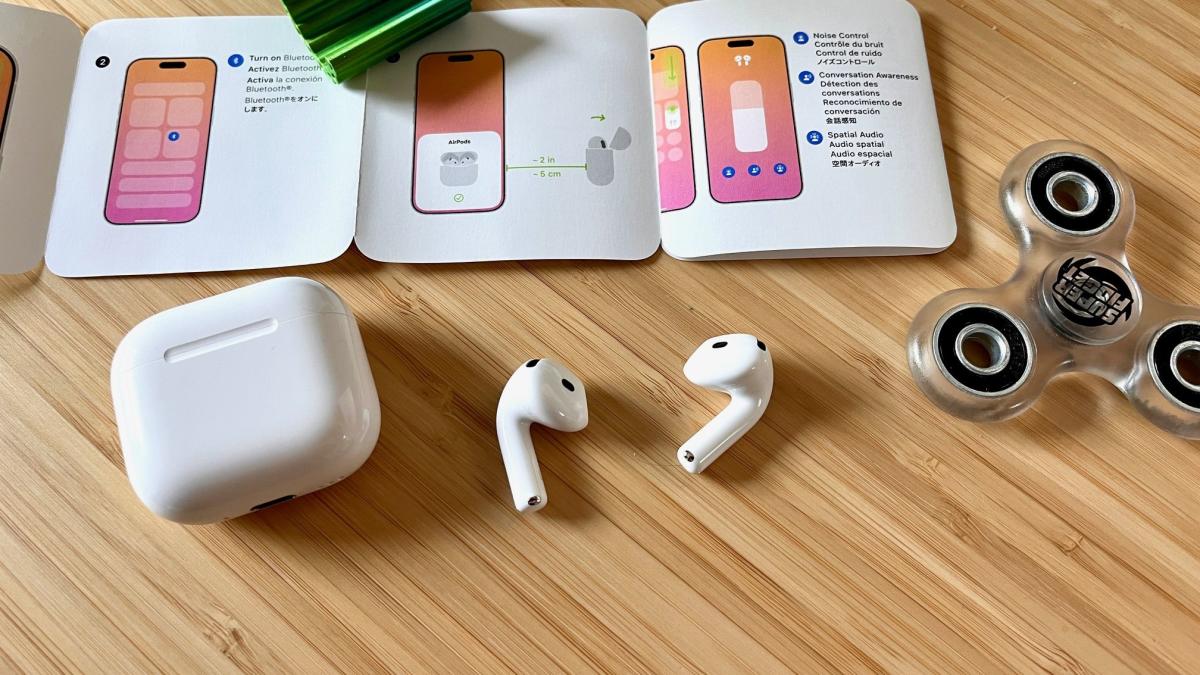The upcoming iPhone 17 Pro and iPhone 17 Pro Max are set to pack some exciting upgrades, according to analyst Jeff Pu in a note shared with GF Securities this week. One big change is the rear Telephoto camera, which will jump from 12 megapixels on the iPhone 16 Pro to a sharp 48 megapixels.
This upgrade means all three cameras—Fusion, Ultra Wide, and Telephoto—on these new models will boast 48 megapixels. That’s a win for anyone who loves snapping detailed shots, especially from a distance. Plus, the phones are expected to sport a fresh look with a rectangular camera bump.
Memory is getting a boost too. The iPhone 17 Pro models will come with 12GB of RAM, compared to 8GB in the iPhone 16 Pro lineup. More RAM should make things run smoother, especially for multitasking or using Apple’s smart features like Apple Intelligence.
Screen sizes won’t surprise anyone familiar with recent iPhones. The iPhone 17 Pro will stick with a 6.3-inch display, while the Pro Max keeps its larger 6.9-inch screen. Both are sizes people already know and love.
Under the hood, these phones will run on an A19 Pro chip, built using TSMC’s latest 3nm process called N3P. That’s a fancy way of saying it’s a step up from what’s in the current models, promising better speed and efficiency.
With these changes, the iPhone 17 Pro and Pro Max sound like they’re shaping up to be powerful tools for photo lovers and tech fans alike. From clearer zoom shots to faster performance, there’s plenty to look forward to when these devices arrive.






